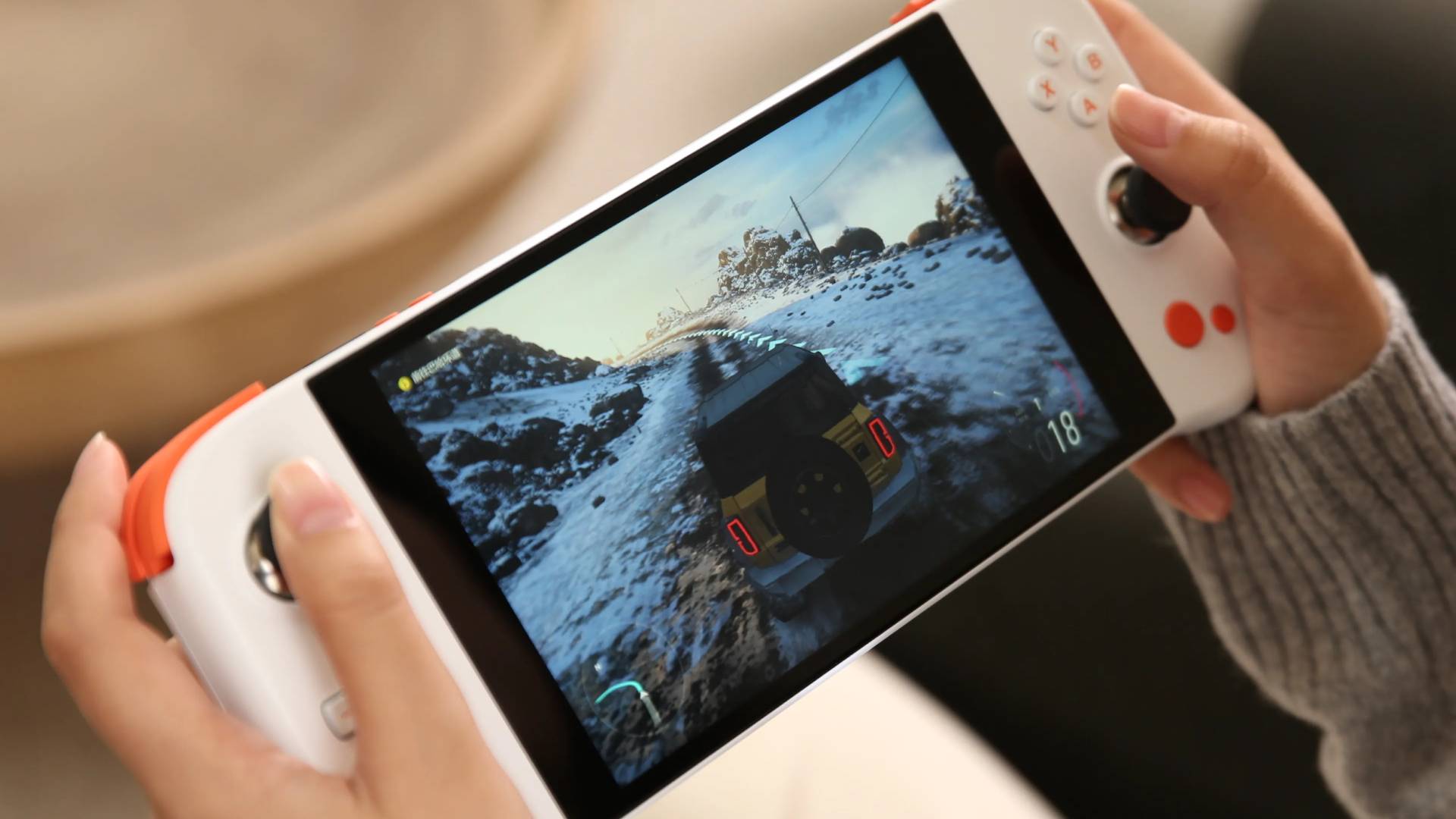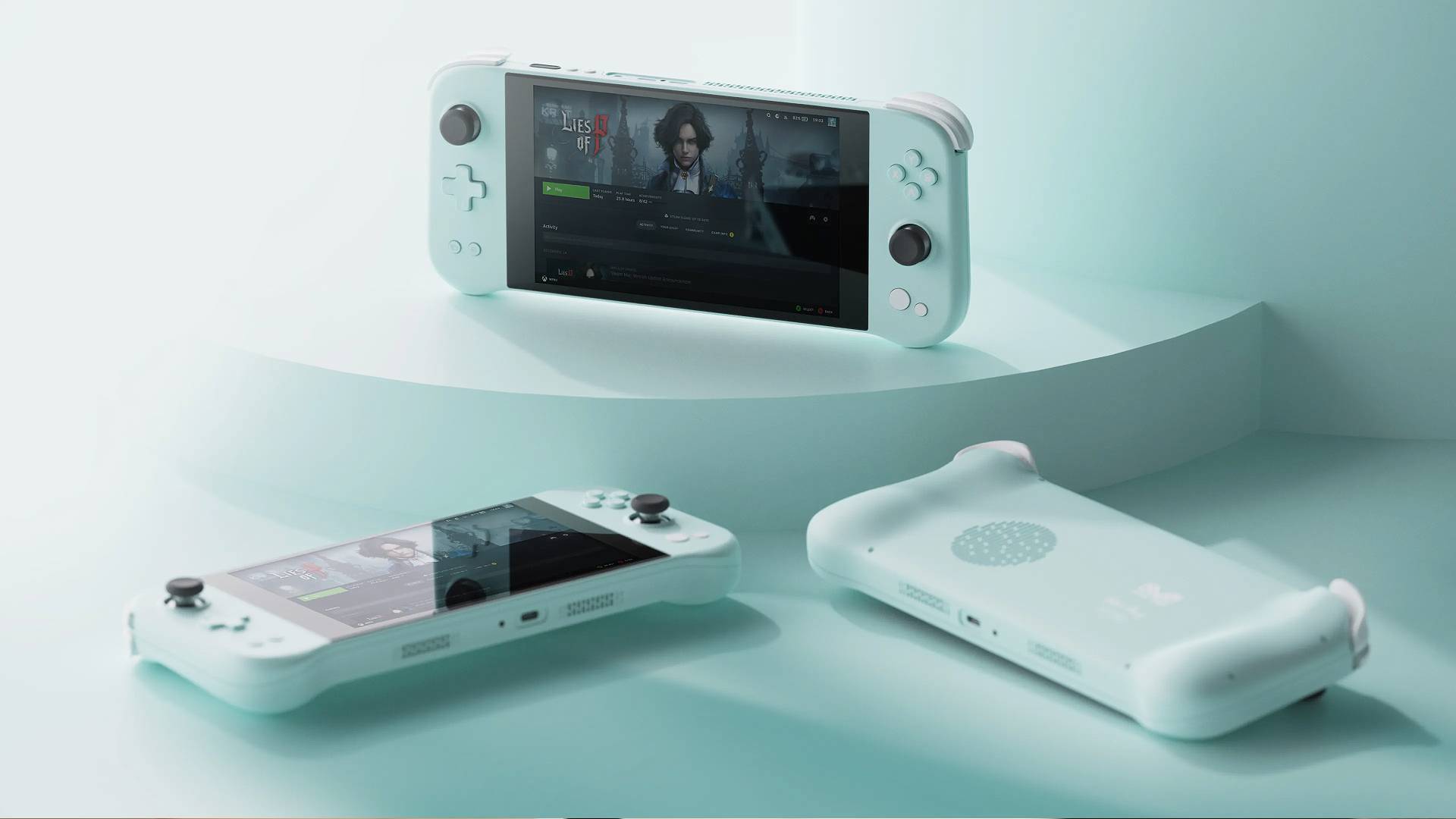Ayaneo is cooking up its own Steam Deck, but its specs target indie games
Like an unofficial, cheaper Steam Deck with lighter specs

Ayaneo knows a thing or two about handhelds, but the portable PC makers just announced plans to release something that sounds like a Steam Deck. However, rather than officially teaming up with Valve, the company’s next device will come armed with an unofficial version of SteamOS, and it feels like it’s designed with indie gaming fans in mind.
The best gaming handheld battlefield is getting busier by the minute, and Ayaneo normally deploys high spec contenders. You only have to look at our Ayaneo 2S review to understand what to usually expect, with specs and price points that sit well above the Steam Deck. Yet, that’s not to say the portable maker isn’t looking to break into the budget scene, and its next attempt isn’t afraid to take specs back a few years to cut costs.
Dubbed the Ayaneo Next Lite, the upcoming 7-inch handheld swaps out Windows for HoloISO, an unofficial version of SteamOS. Again, that means Valve isn’t involved in this project, despite the fact it sounds an awful lot like a third party Steam Deck. Things also get even more intriguing when it comes to innards, as the portable will come armed with either a AMD Ryzen 5 4500U or Ryzen 7 4800U APU, both of which are now four years old.
Scaling configurations start at 16GB RAM and a 512GB SSD, with the cheapest option coming with a $299 early bird price tag attached. That’s $100 cheaper than the base Steam Deck LCD, but Ayaneo’s choice of APU isn’t really comparable to Valve’s custom AMD chip. Therefore, I’m hesitant to call the Next Lite a proper alternative, as it’ll feel more suited to handling lighter indie games than the latest releases with reduced settings. Of course, I’ll need to actually put the portable through our usual benchmarks to confirm that, but I feel like I’ve already got a good grasp of Vega 8 and its abilities.
Specs aside, the Ayaneo Next Lite will come armed with Hall effect joysticks, Hall triggers, and Six-axis Gyroscope. Its 47Wh battery should also provide plenty of battery life, especially since it’ll be powering a lower-spec chip.

Who is the Ayaneo Next Lite for?
Creating a cheaper handheld gaming PC is no easy feat, and the Steam Deck still currently dominates that particular ring. The Ayaneo Next Lite does feel like a proper attempt at offering something cheaper, even though it has to use an older APU architecture to do so. At first glance, I was perplexed at the decision, but after giving it some thought, opting for a chip that will handle indie games and avoid being glutenous with power makes sense. I mean, I can’t envision a reality where you’ll be able to run big-budget PC releases on a device that’s under $300, as even the Steam Deck itself can’t fully pull that off.
With that in mind, I’d say the Ayaneo Next Lite is for PC players with a backlog of both indies and older releases. Normally, I’d point anyone with $300 to spend on a handheld towards the Nintendo Switch, but I totally get why using Steam is more appealing, especially when it comes to game prices. Plus, with rumors of the Nintendo Switch 2 ramping up, picking up the first iteration could come back to haunt you later in 2024.
Weekly digests, tales from the communities you love, and more
As for a release date, Ayaneo says the Next Lite is coming in the near future, so watch this space if you’re into picking one up.
Looking for a portable PC with more oomph? Check out the best gaming laptops for a selection of on the go rigs. Alternatively, pick up the best Steam Deck dock and turn your handheld into a hybrid desktop system.

Phil is the Hardware Editor at GamesRadar and joined the team in 2023. In the past, they've also contributed to the likes of TechRadar, The Daily Star, the BBC, and PCGamesN, but these days, they specialize in testing the latest gaming handhelds, monitors, TVs, and PC components. They're also extremely nerdy about retro consoles and playing the classics on both new and old systems.


